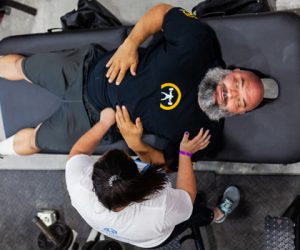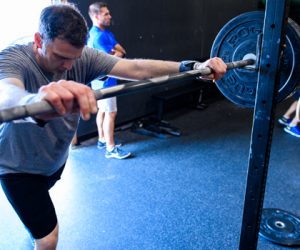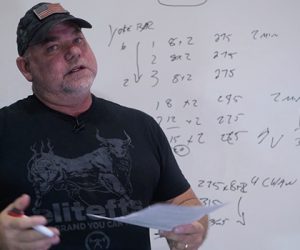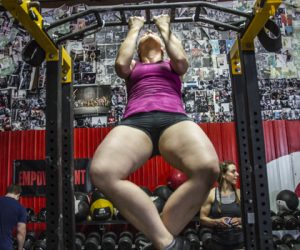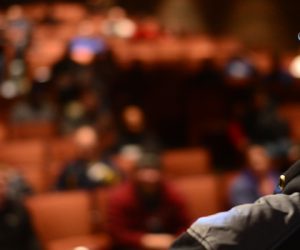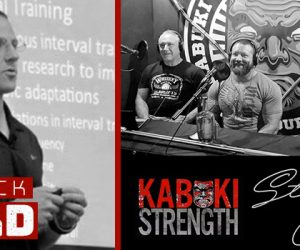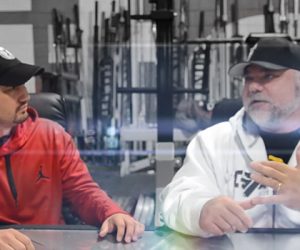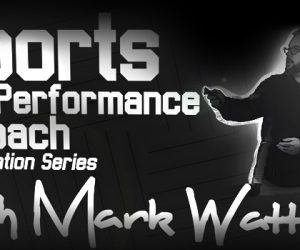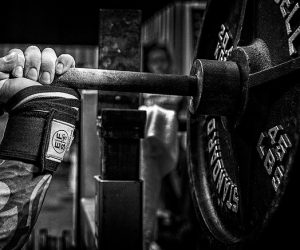Troubleshooting Strength Injuries: How to Autoregulate
Autoregulation is about being able to gather as much information as possible to assess the current situation and knowledge. Once you know that, you can apply this knowledge to autoregulate your training… but you’ll need to learn a couple of skills first.
Troubleshooting Strength Injuries: What is Autoregulation?
There’s a sweet spot where stressors are present as motivating and growth factors but not too much to where athletes become chronically sympathetic, causing a cascade of performance-altering events. This spot is called autoregulation.
Higher Rep Work with the Conjugate Method
Higher rep work can be beneficial, but it needs to be properly managed. We are still going to use 1-rep maxes for our primary means of developing intra/intermuscular coordination, but there are a few strategies we can use to ensure we incur extra volume when needed.
WATCH: Max Effort and Dynamic Effort Programming
In this instructional video, Dave discusses the benefits of dynamic effort and max effort training and breaks down the specifics of his programming during his work with Dr. Rusin.
WATCH: Question & Answer Session with Dave Tate
Dave sits down to answer key questions that he received over the course of the Fixing Date Tate Series. Dave discusses everything from his biggest takeaways, to lessons learned, overall project goals, lifestyle changes, and the importance of effectively auto-regulating your own training program.
Case Study: Programming Considerations for the Injury-Prone Powerlifter
Taking two of my lifters, let’s break down all the variables that come into play for individualizing their programming to keep them not only progressing but also healthy.
Autoregulation and Variable Adaptation Training
Want continual progress over the long haul? Think of your training as lifting big rocks, pebbles, and sand. Here’s how.
2017 Sports Performance Summit — Dave Tate Speaks
You may have heard or read a few things about Dave’s second hip replacement and the PRs that led to his surgery, but no one has heard the full story. Until now.
Strength Chat Podcast: Seattle Seahawks Patrick Ward on Using Data
As strength training and sports are becoming more data-driven, hear from one of the best Sports Science Analysts on the topic.
WATCH: Coach Kav Returns to the S4 Compound
Every topic they discuss leads to one crucial point: We’re all here to make this industry a better place. What are you doing to make that happen?
WATCH: How to Implement Auto-Regulatory Training in a Team Setting
Auto-Regulatory Training can give coaches an athlete-governed system to promote an optimal training environment with limited resources and shorter training cycles
The Tendo and Its Use for Autoregulation
The Fitrodyne Powerlyzer by Tendo, or Tendo unit as it’s more commonly known, is a piece of equipment used to measure the speed of the bar. This allows the coach to know several things such as whether the athlete is training what he or she is supposed to be training and whether the bar speed has started to drop. Here,









